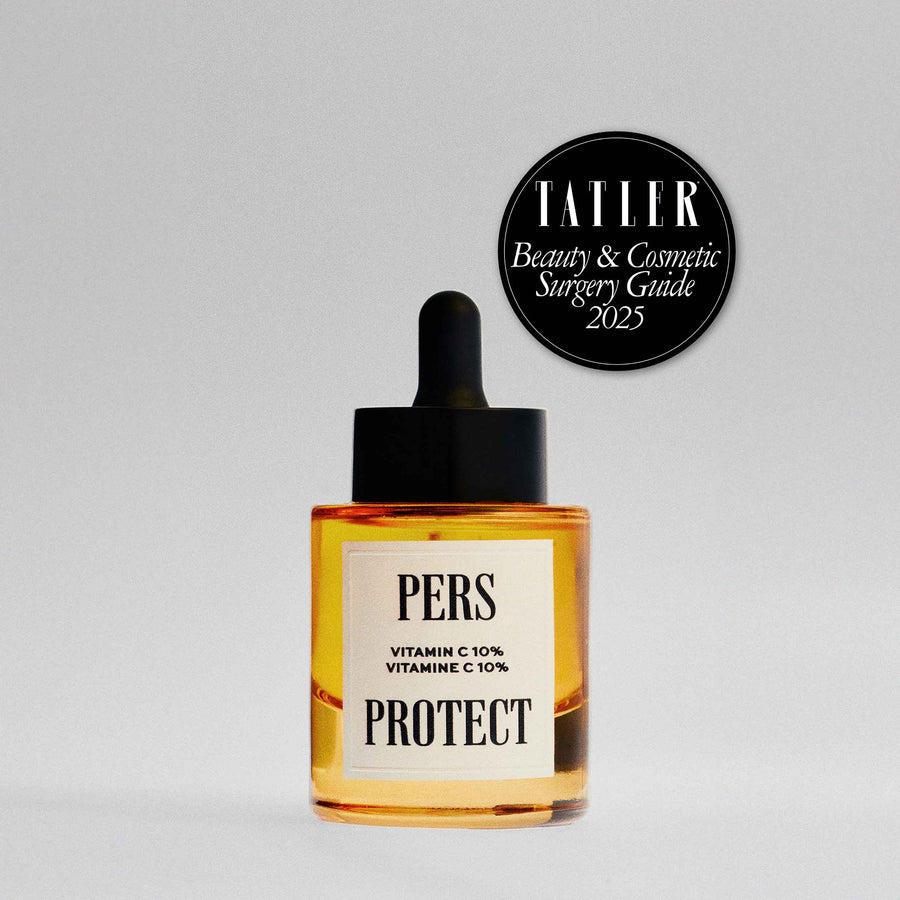How do retinol and azelaic act synergistically to reduce rosacea-related redness?
You may have already looked for solutions to reduce the redness associated with rosacea. The combination of retinol and azelaic acid could well represent an interesting answer to your concerns. Working in synergy, these two active ingredients appear to promote visible skin improvement. Retinol is renowned for its anti-inflammatory properties and its role in cell regeneration, offering relief from redness. Azelaic acid, meanwhile, stands out for its antibacterial and anti-inflammatory properties, while balancing sebum production. On this page, we'll explore how these two ingredients complement each other, and the precautions you need to take to get the most out of them. So, are you ready to learn more to find a suitable solution?

Retinol's mechanisms of action to reduce rosacea-related redness
Retinol: its anti-inflammatory properties
You may be wondering how retinol can soothe the persistent redness that rosacea causes. It's simple: retinol has powerful anti-inflammatory properties. Think of it as an ally that calms the invisible storms on your skin's surface. By reducing inflammation, it reduces redness and improves skin comfort.
In concrete terms, retinol inhibits the production of certain inflammatory molecules in your skin. This means less swelling and a visible reduction in redness. For those suffering from rosacea, this action is crucial in restoring more even, less irritated skin.
Retinol's role in cell regeneration
But that's not all! Retinol is also an expert in cell regeneration. It acts as a conductor for your skin cells, accelerating their natural renewal. Why is this important? Because rapid cell regeneration helps replace damaged cells with healthy ones.
The result is improved skin texture and a gradual reduction in rosacea-related imperfections. Think of it as a constant refreshment of your epidermis, where each new cell helps strengthen the skin barrier against external aggressors.
To get the most out of retinol, start slowly if you're incorporating it into your routine for the first time. Your skin needs to get used to this powerful ingredient, but with patience and consistency, you could see significant results.
The benefits of azelaic acid on rosacea redness
Antibacterial and anti-inflammatory properties of azelaic acid
You're probably looking for an effective way to soothe your rosacea-prone skin. Azelaic acid could be your ally. This compound, often recommended by dermatologists, stands out for its antibacterial and anti-inflammatory properties. Think of it as a shield that protects your skin from bacteria while calming inflammation. By reducing these two factors, it helps to visibly reduce the redness caused by rosacea.
Azelaic acid works by directly targeting the bacteria responsible for inflammatory flare-ups. This means less irritation and a gradual reduction in rashes. For those living with rosacea, this action is crucial to regaining calmer, more balanced skin.
Azelaic acid: regulating sebum production
Another notable benefit of azelaic acid is its ability to regulate sebum production. If you've noticed that your skin tends to shine or that your pores seem clogged, this ingredient can help. By balancing sebum, it not only prevents breakouts but also improves your skin's overall texture.
Think of it as a natural adjuster that helps your skin regain its optimal balance. Over time, you may see a significant reduction in blemishes and an overall improvement in complexion. To reap the full benefits of azelaic acid, gradually incorporate it into your daily routine so that your skin adapts smoothly.
It's essential to be patient and consistent to see noticeable results. By combining these actions with those of retinol, you could discover a holistic approach to effectively managing your rosacea-related redness.
The synergy between retinol and azelaic acid to treat rosacea
How do retinol and azelaic acid complement each other?
You're probably wondering how these two ingredients can work together to soothe your skin. Retinol acts as a renovator, stimulating cell regeneration and soothing inflammation, while azelaic acid acts as a guardian, protecting your skin from bacteria and balancing sebum. Together, they form a formidable team against the redness of rosacea.
By combining their strengths, you get a complete treatment: retinol reduces visible signs of inflammation and promotes a smoother texture, while azelaic acid soothes irritation while preventing new breakouts. This integrated approach could be just what your skin needs to regain its natural radiance.
Precautions when using retinol and azelaic acid in combination
Combining retinol with azelaic acid may sound promising, but it's crucial to proceed with care. Start by introducing each ingredient gradually into your routine. This allows your skin to get used to these powerful active ingredients without the risk of excessive irritation.
Also remember to apply these products in the evening to maximize their effectiveness while minimizing sun sensitivity. And don't forget: good hydration is essential! Always use a suitable cream after application to keep your skin nourished and protected.
Finally, if you have any particular concerns, or if you're just starting out with these ingredients, consulting a dermatologist might be a good idea. They'll be able to tailor your skincare to your skin's specific needs, ensuring safe and effective use.
We recommend these other pages:

